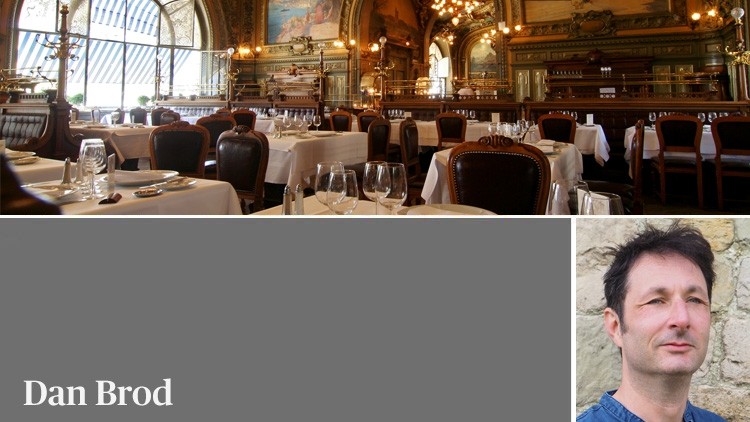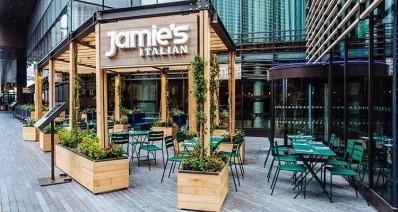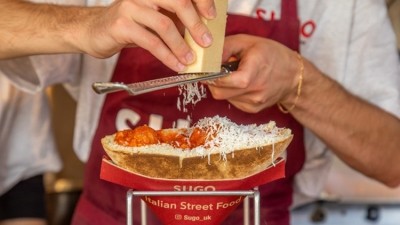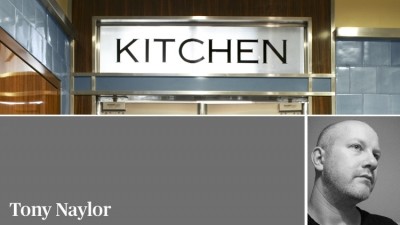How the sector can weather tougher trading conditions

What’s next for the British hospitality industry? That’s a question we all ask ourselves every year. Sometimes we get it right. Sometimes we don’t. But the question feels more urgent and finding the answer more necessary than ever before.
2019 saw chains and independent stalwarts of the restaurant scene close their doors – not least because the British high street is an increasingly difficult place to do business for everyone. There are big questions about how long we can continue to shield customers from the rising price of food. After years of PE-funded growth in casual dining, it feels like economic reality is about to bite.
The national palate is more varied, so will more diversity be the answer? The British appear to have embraced informality – from street food and Asian bowls to dirty burgers. They remain wedded to queuing. But will they continue to think that’s value for money? And as chains come and go, will customers turn away from homogeneity and look for more authenticity?
There’s no one answer. Trend-driven outlets in London face different challenges to those in the regions, which are different again from country pubs like ours that are attempting to combine the best of British traditions with the demands of modern customers.
Still, there are a number of things that are common to all of us. The first is the inescapably tedious B-word – Brexit. Whether it makes staff recruitment and retention harder, increases food prices, or decreases availability, we can’t ignore it, however much we’d like to.
The second is the ‘Netflix and chill’ phenomenon. Staying in has never been easier: booze is delivered, entertainment is on tap, and even ‘cook-at-home’ meal kits are helping the modern gourmet whip up gastronomic masterpieces in their own kitchen. Younger generations have developed new, more informal, drinking and eating out habits but some aren’t going out at all.
The sad reality is that these challenges will be too much for certain businesses – and we don’t know which ones they will be. But far more positively, there are opportunities within these difficulties. Take staffing. Britain has long suffered under the impression that working in the catering industry – whether front of house or in the kitchen – is always a commoditised McJob. But really successful establishments know that is simply not true and, in fact, the personality, talent and attitude of staff are a critical part of the eating-out experience.
I’m very much of the view that staff make the difference between service and hospitality, and that finding the right people that fit the establishment, investing in them for the long term, and creating attractive career paths is a sound investment. If the rest of the trade comes around to that point of view, then we will all benefit.
Of course, we will all do what we can to not pass on price rises to our customers. But some increases look unavoidable and, again, the opportunity lies in understanding the difference between service and hospitality. If our customers are going to make the effort to leave home and spend money with us, then we all need to make sure that when they look at the bill, they feel that it was worth their while – that’s hospitality.
It’s about making sure the food – whether a traditional Sunday roast, a quick lunchtime pasta, or the highest of high-end cuisine – is something more than can be created at home. It’s about considering every aspect of the experience as a critical part of the whole.
There’s also an opportunity in changing food trends – hard though it feels to keep up with them. On the one hand, we’re seeing greater demand for more restrictive diets: gluten-free, lactose-free, and vegan, for example. On the other, for expanded, experimental menus.
Will 2020 change that? It seems unlikely, although we may see tighter regulation on allergens in food. But what we can say with certainty is that although some chefs still see all of this as a chore, better chefs will see it as an exciting opportunity to be creative. And the really attractive establishments will see it as a chance to bring in a greater number of people.
That’s important – not just for immediate commercial success but for the sustainability of the communities we serve. Offering a public space, in which people come together and, to borrow a phrase, break bread, is an important function. Obviously, country pubs like ours have taken on that role for far longer than a new city restaurant.
But it is something that we all offer in one way or another, and it is something we should be aware of because consciously or not, it is a key reason for our customers to leave the house. With loneliness on the rise, and formal congregations (whether religious, political or merely book-borrowing) on the decline, it is increasingly important.
So we have hospitality, value and community. In my view that leads inexorably to authenticity. Authenticity is a reaction to a globalised, commoditised world. Authenticity treats people as individuals. Outside London in particular, there’s more demand for food, staff and even décor, to reflect regional differences.
In our experience, customers are getting wise to pastiches and can distinguish between the ersatz and the genuine article. To come full circle, they can also spot authentic hospitality and staff who care about their enjoyment.
This is obviously not a radical thesis for the restaurant or pub trade. Giving customers a genuine, and enjoyable experience that is commensurate with the price is not new. Nor is it an argument against particular types of restaurants. Customers are diverse, they deserve choices. But it is an argument for everyone in the hospitality business to reflect on who their customers are, what they actually want, and what we really exist to do.
Because the cold, commercial reality is that prices are going to change; people are going to change; food is going to change. We can’t just crank out the latest thing, get a bored teenager to plonk it on the table, and hope customers will like it. That is taking them for granted – and that’s the end of business.





















